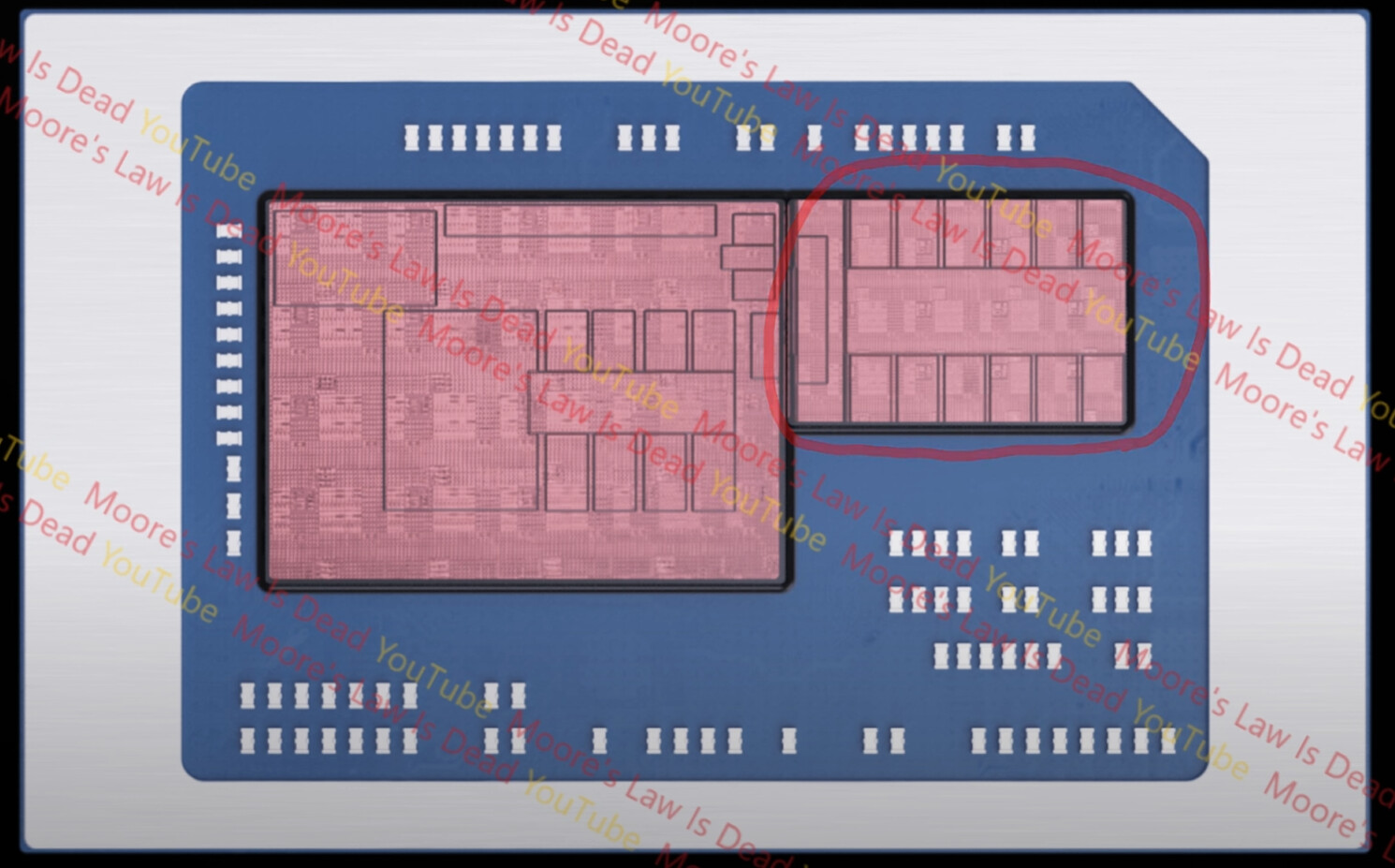AMD is getting ready for the upcoming mobile processor based on Zen 6 "Medusa Point" APUs. As per industry insider HXL, the new series will boast a remarkably high core count, especially in the top-tier Ryzen 9 model, which is anticipated to feature 22 CPU cores. The Ryzen 5 and Ryzen 7 Medusa Point APUs will utilize a hybrid layout consisting of four high-performance classic cores, four dense cores optimized for efficiency, and two ultra-low-power cores. In terms of graphics, these chips will come with eight RDNA 3.5+ compute units, an improvement from previous designs but still modest compared to some competitors. The standout feature is the Ryzen 9 variant, which is rumored to include a second Core Complex Die from AMD's desktop lineup. This additional 12-core CCD will be combined with the main ten-core die, resulting in a total of 22 cores. Despite the increase in CPU core count, AMD has kept the integrated graphics configuration unchanged, with only eight compute units.
Initial performance data suggests that this scaled-down GPU may run approximately 20 to 25 percent slower than the 12-CU Radeon 890M used in earlier models. The eight CU GPU is half the power of the current generation "Strix Point" with 16 CUs, but Medusa Point incorporates some RDNA 3.5+ enhancements. Nevertheless, the raw CPU power is expected to appeal to users who rely on heavily threaded applications, especially in ultraportable laptops and mobile workstations. Medusa Point is constructed on the FP10 package, allowing for a slightly larger die size to accommodate the new core arrangement without compromising efficiency. The inclusion of dedicated low-power cores also signifies AMD's first adoption of a heterogeneous x86 approach, similar to Intel's recent Core Ultra series. While more demanding graphics work will require a combination of discrete GPUs, Medusa Point will establish new standards for integrated CPU performance in slim, lightweight notebooks.
